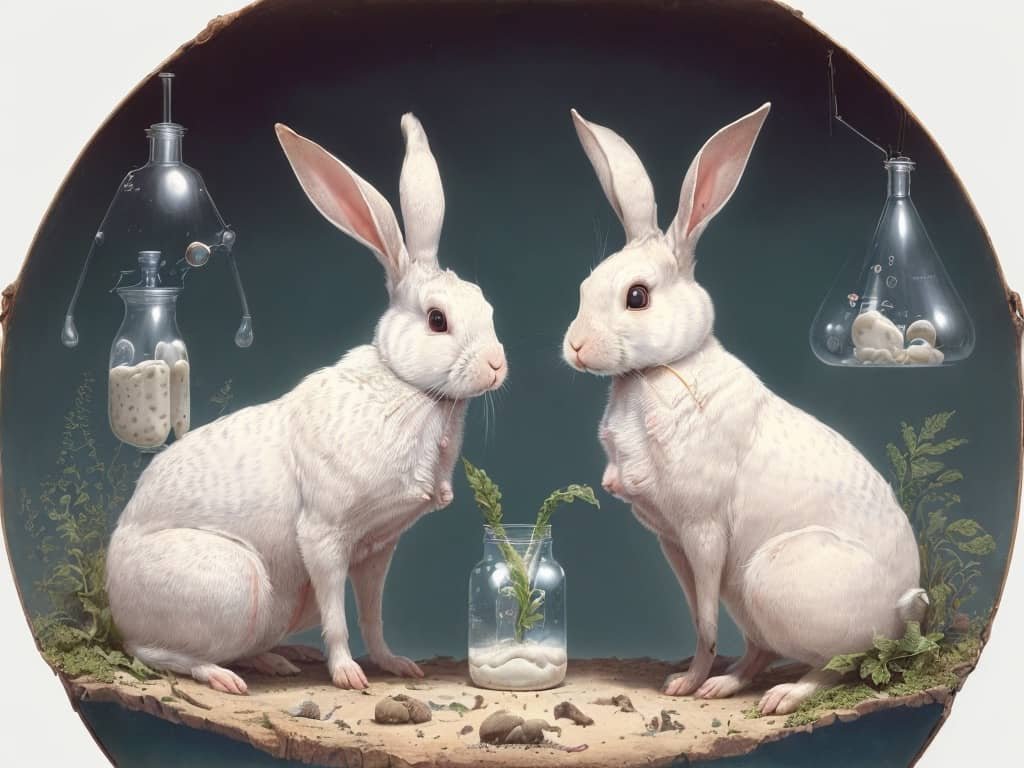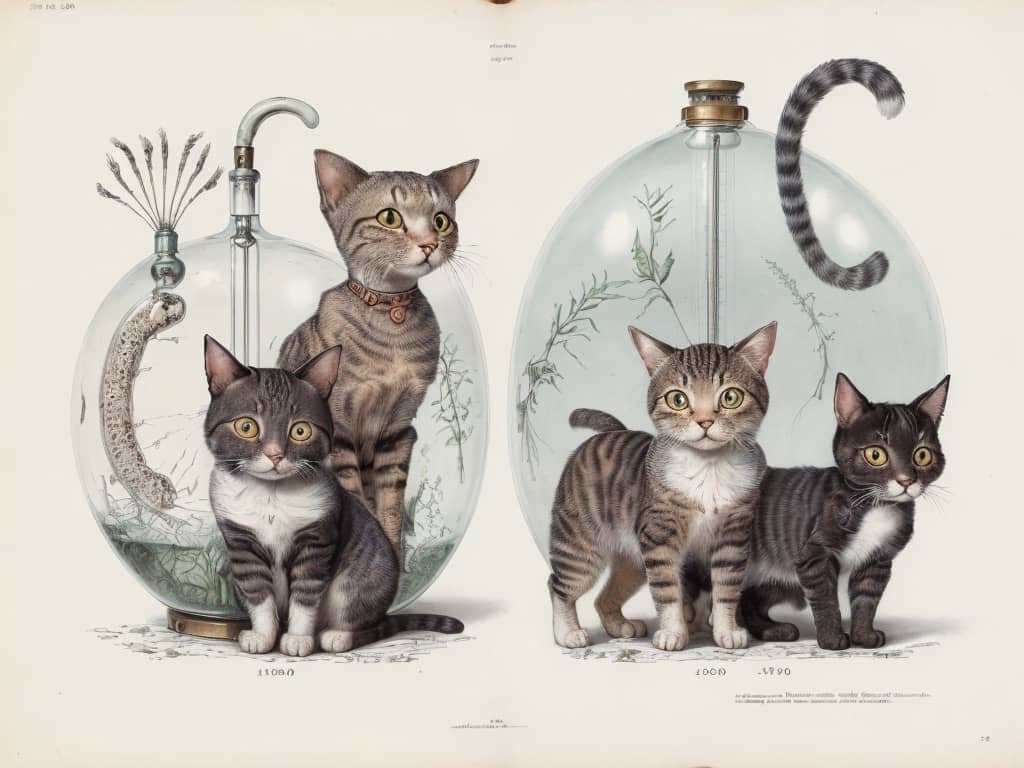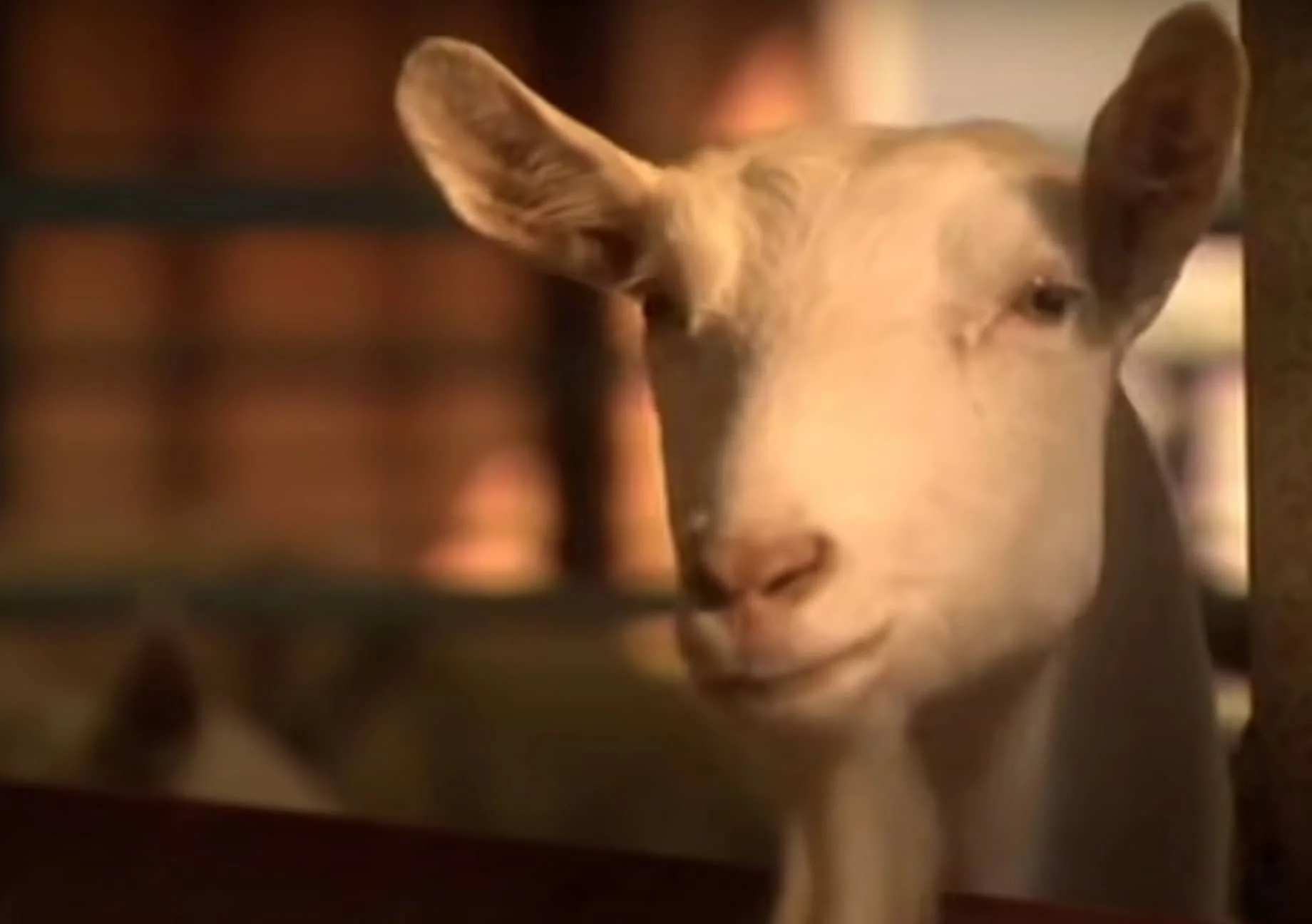Z ∞
food crisis + climate collapse + synthetic biologyAlong the lines of Spider Goats, this satirical absurdist futurism project prototypes possible beings genetically engineered following the blind maximization approach of contemporary technological solutionism.
Eaglemantis
A hybrid creature merging the features of an eagle and a praying mantis. This combination could result in a powerful aerial predator with the hunting prowess of an eagle and the precision strike of a mantis. It could aid in controlling populations of pests or serve as a natural predator in ecosystems
Dolphingo
A blend of a flamingo and a dolphin, featuring the graceful swimming abilities of a dolphin with the vibrant colors and long legs of a flamingo. This hybrid could potentially be used for marine conservation efforts, such as tracking pollution or studying underwater ecosystems.
GloFish
Genetically modified zebrafish exhibit fluorescent colors due to the insertion of genes from jellyfish and sea coral. These vibrant fish have been developed for both scientific research and as pets
Turtowl
A combination of a turtle and an owl, featuring the slow and steady nature of a turtle with the silent flight and wisdom associated with an owl. This hybrid could serve as a symbol of patience and conservation, raising awareness about protecting slow-reproducing and long-lived species
Dragonwhale
A mythical combination of a dragon and a whale, featuring the majestic appearance and fire-breathing abilities of a dragon with the massive size and deep-diving capabilities of a whale. This creature could inspire awe and fascination, stimulating interest in marine conservation and exploration
Egg-laying goats
Genetically modified goats that have been modified to produce specific proteins in their milk or eggs, potentially used for pharmaceutical production
Enviropigs
Genetically modified pigs designed to produce less phosphorous in their waste. By inserting a mouse gene into their DNA, scientists aimed to reduce environmental pollution caused by pig farming.
Koalafly
A combination of a koala and a butterfly, resulting in a tree-dwelling creature with the ability to glide and flutter between trees. This hybrid could potentially aid in seed dispersal as it moves from tree to tree, benefiting the regeneration and diversity of forests
Lactating rabbits
Scientists have worked on modifying rabbits to produce milk with higher protein content. This research aims to improve the nutritional value of rabbit milk, potentially benefiting both human consumption and the rabbit farming industry.
Allergy-free cats
Cats that have been genetically modified to produce fewer allergenic proteins, potentially reducing the risk of triggering allergies in susceptible individuals.
Chameleagle
A hybrid creature combining the color-changing abilities and camouflage skills of a chameleon with the keen eyesight and soaring abilities of an eagle. This creature could assist in ecological research, studying adaptive camouflage and the interplay between predator and prey in different environments
Anti-malaria mosquitoes
Genetically modified mosquitoes designed to be resistant to the malaria parasite, with the aim of reducing the transmission of malaria to humans
Pandowl
A combination of a panda and an owl, merging the cuddly appearance and bamboo diet of a panda with the nocturnal hunting skills and flight capabilities of an owl. This hybrid could aid in controlling rodent populations or serve as an ambassador species for conservation awareness.
In the process of creating hyperspecialized specimens without a holistic bio-diverse approach, the consequences have been severe. These actions have triggered widespread genetic mutations in multiple ecosystems, leading to the production of bio-failures and hyper-invasive entities. The damage caused by this approach has resulted in irreversible harm to our planet's natural habitats, impacting the diversity of species and ultimately putting the existence of many organisms at risk. The results serve as a reminder that actions towards progress must always be accompanied by caution and forethought, taking into account the larger ecosystem and implications of such decisions.
Mistakes were made:
glossary:
Disaster Capitalism in Action: GMOs -> The insidious use of genetic modification technologies by corporations for their own profit, often at the expense of public health and safety. These technologies have been pushed onto unsuspecting communities following natural disasters, often under the guise of aid and development. These actions not only exploit the immediate crises of these communities but also establish long-term corporate dependency that undermines local agriculture and biodiversity. We need critical examination and ethical consideration when it comes to the use of genetic modification and other technologies that can fundamentally alter the natural world.
The dark secret behind cute AI-generated animal images -> The fascinating progression of text-to-image AI models makes them capable of creating realistic and adorable images. While these creations are charming, there is an underlying dark side as many of these images have been created without the consent or attribution of the original artist and can be used to fuel disinformation. There are ethical implications of these technologies and whether or not they need more regulation and oversight.












































